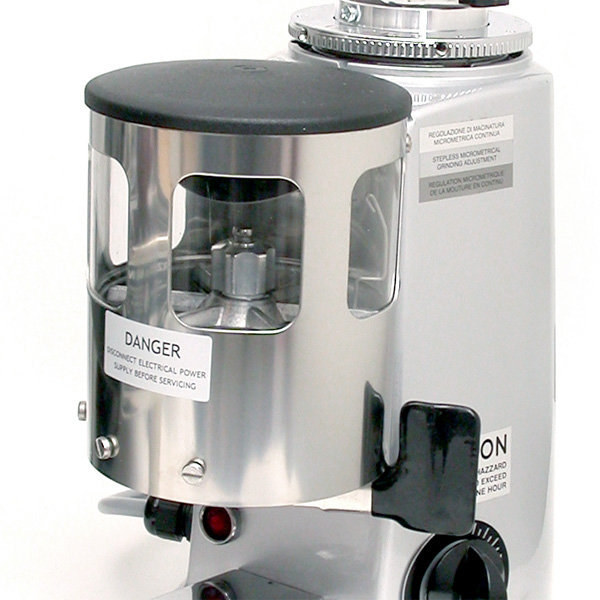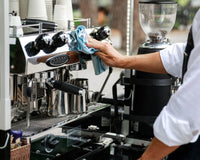BRUSHING UP ON YOUR ESPRESSO EQUIPMENT LINGO
The equipment you use in the daily operation of your espresso business is an integral part of your trade. Understanding how they work together is as important as knowing how to use them.
Some seasoned professionals may want to skip this bit of fundamental terminology. But we are always able to learn new things so maybe, just maybe, there is something here for those readers to discover.
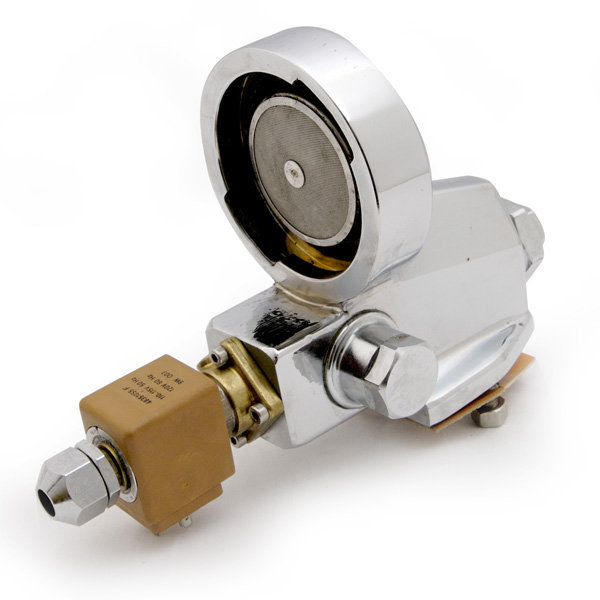
GROUP HEAD
This is where all the magic takes place. Sometimes referred to as the brew group or brew head, this component is more commonly known simply as the group. This is where you insert the portafilter when preparing to brew espresso.
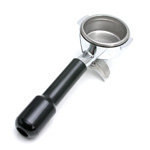
PORTAFILTER
This is the device coffee is ground into before being placed in the group to brew espresso. The name is easy to remember as long as you think of it as a portable filter (hence, portafilter). It's also known as "a filter handle and that thingy you put the coffee into".
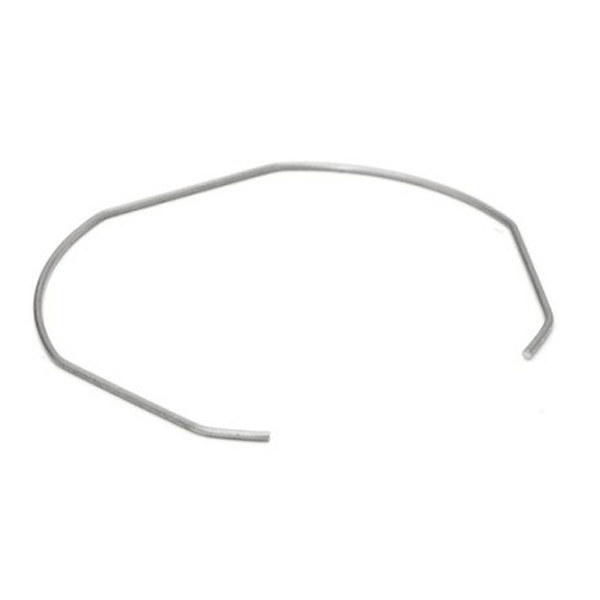
PORTAFILTER FILTER SPRING
The springs hold the baskets in place. It is held in the portafilter by clipping in to a groove that is milled into the inner surface of the portafilter body. Some are round in profile and circumference, but most are bent into a hexagonal shape with one open end.
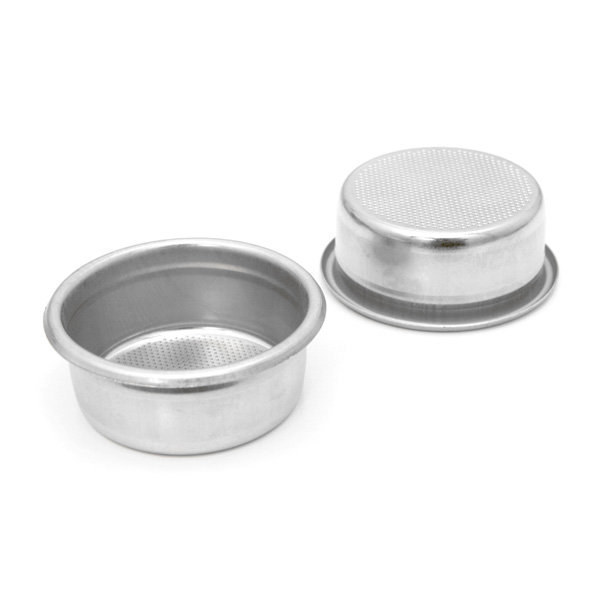
PORTAFILTER BASKET
The portafilter basket is the filter screen located in the portafilter. These come in both double and single sizes and are held in place by a spring.
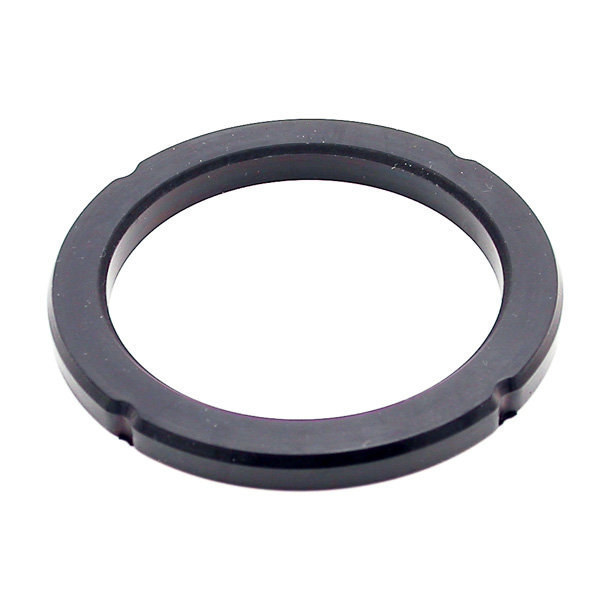
GROUP GASKET
The group gasket is a large rubber O-ring that seals the portafilter and portafilter basket to the group. It is inserted into a groove that is built into the group. If the portafilter is leaking, the group gasket is usually the part you need to replace. Often the portafilter basket and group gasket should be changed together to
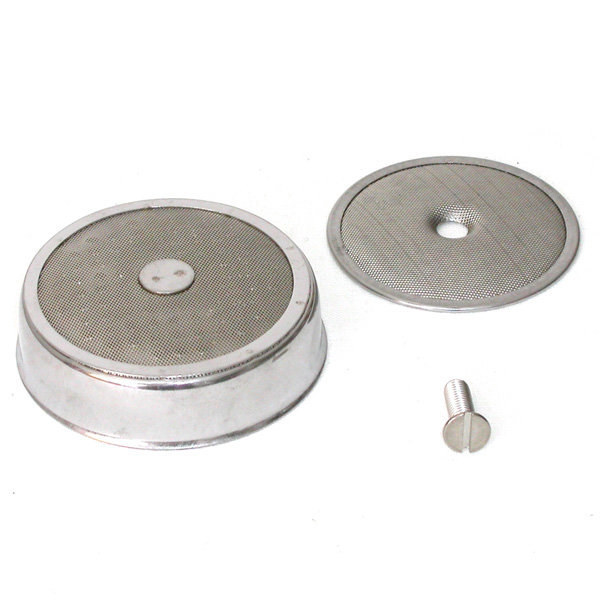
GROUP SCREEN
The group screen is also located in the group. It is sometimes referred to as a dispersion screen, shower screen or shower.
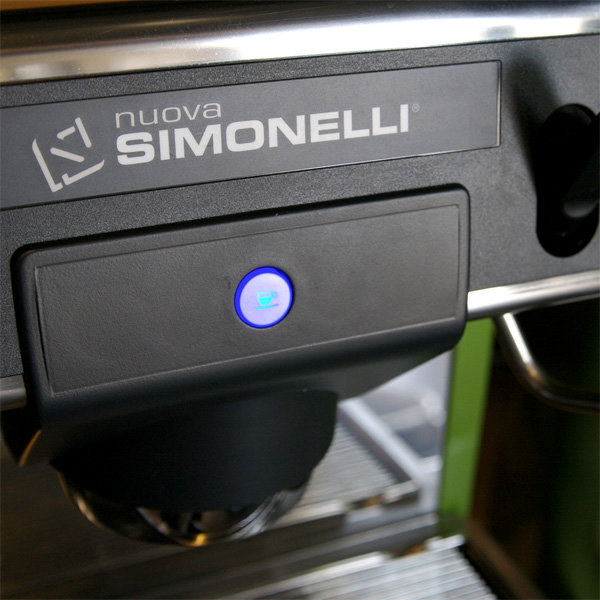
GROUP DISPENSE SWITCH
This switch acts much the same as the dosing keypads, but it is usually a simple on/off switch located over the top of the group it actuates. Some automatic espresso machines also include a dispense button as an additional means of operation.
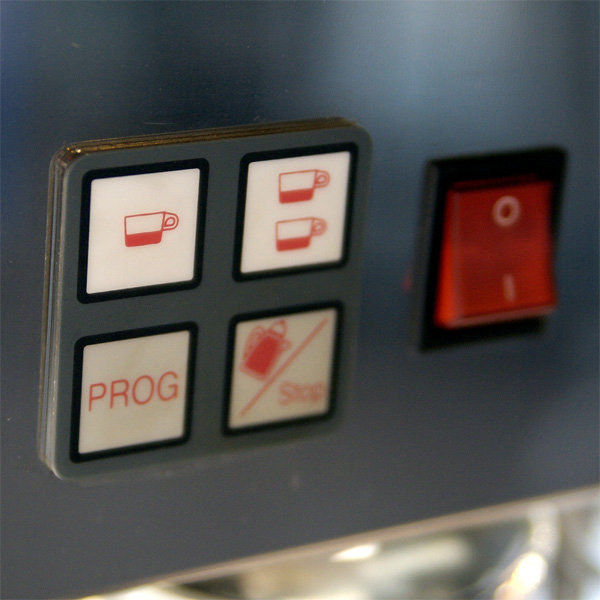
GROUP DOSING KEYPAD
Dosing keypads are found on automatic and superautomatic espresso machines. They are the buttons you press to activate the group head on the machine. The keypads show a legend of various dispense times and quantities as well as programming and continuous flow.
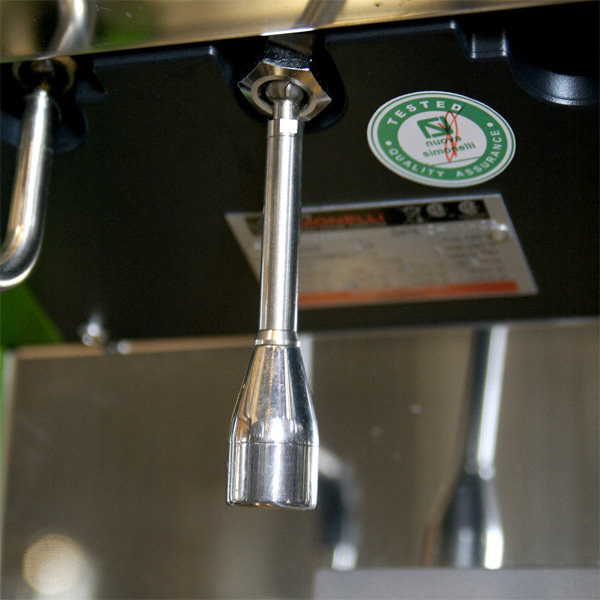
HOT WATER TAP
Some call this the Americano wand or tap, but it's simply a hot water tap. Call it what you will--this is where you dispense hot water.

POWER SWITCH
The power switch on most espresso equipment is located on the backsplash of the machine. It is often indicated by a face plate showing the numbers 1 - 0 - 2. The general position for full operation is the 2 position.
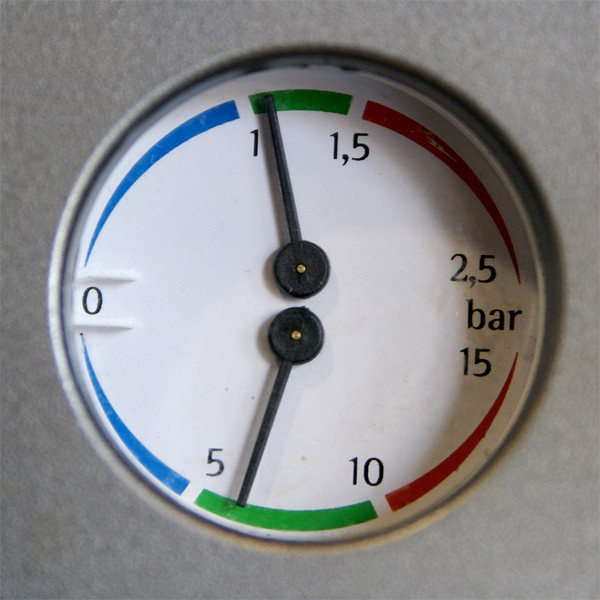
PRESSURE GAUGE
The pressure gauge is located on the front of the machine. It usually has two needles indicating both boiler pressure and pump operating pressure. This is an important part to be aware of, as it monitors the health of your machine as well as the parameters of your espresso brewing temperatures and pressures.
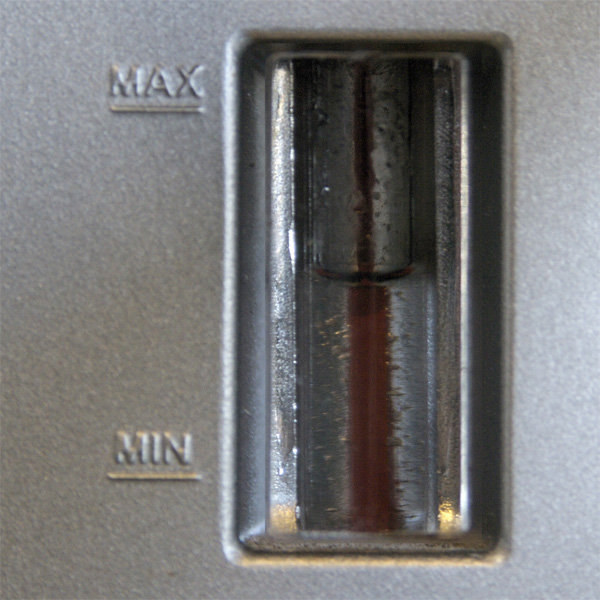
SIGHT GLASS
Most commercial espresso machines have a sight glass. This part is located on the front of the machine and indicates the boiler's water level. It is typically a glass tube with water inside. It is marked with "Maximum" and "Minimum" indicators.
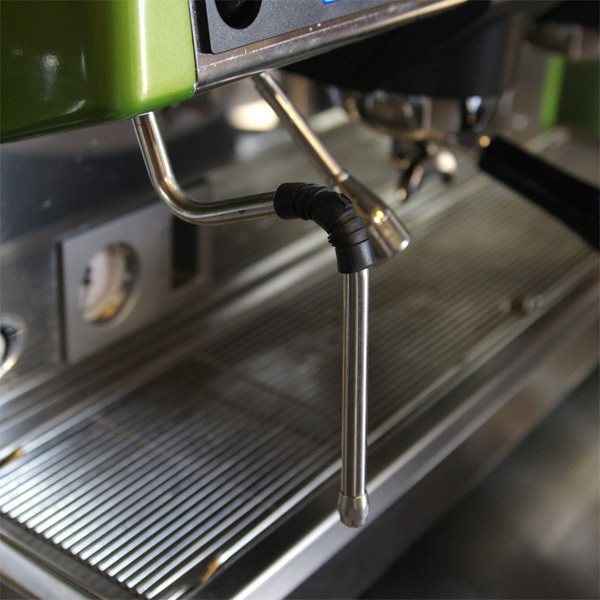
STEAM WAND
This is the tool used to steam milk. The steam wand is also known as a steam pipe, and it is activated by the steam valve knob or lever.
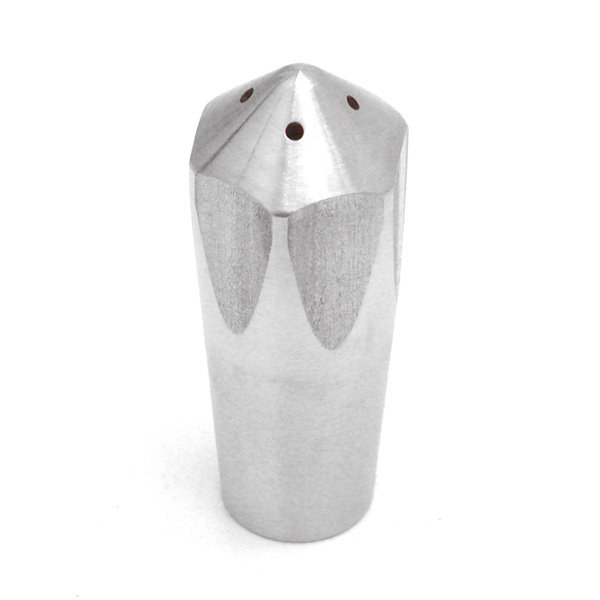
STEAM TIP (STEAM WAND TIP)
The steam tip is located on the end of the steam wand. It disperses the steam from the wand into a splayed pattern, allowing you to steam milk.
Learn more about how espresso machines operate and what parts are most important on our inside an espresso machine tutorial.
Grinders also have a few specific part names that should be part of your equipment vocabulary.

ADJUSTMENT RING OR KNOB
This grinder component allows you to make changes to the grind size with reference to coarse or fine. The adjustment ring or knob is usually found around the bean hopper.
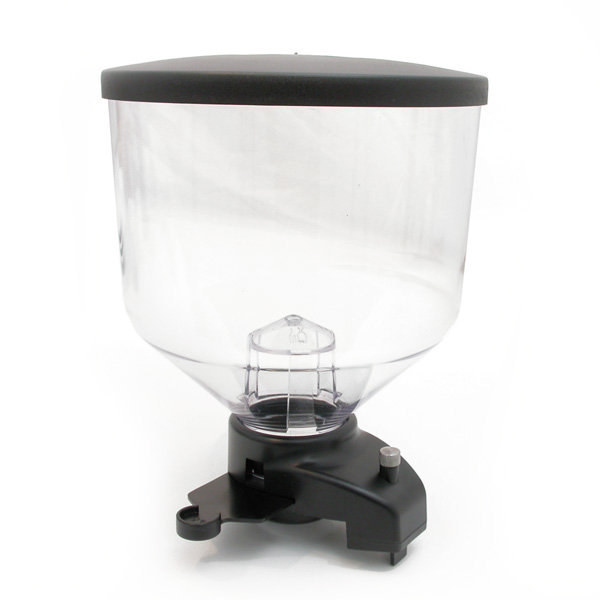
BEAN HOPPER
This is the large, clear, and typically plastic container on top of the grinder. There are available glass options as well. The Hopper holds your espresso beans and feeds the beans into your grinder burrs.
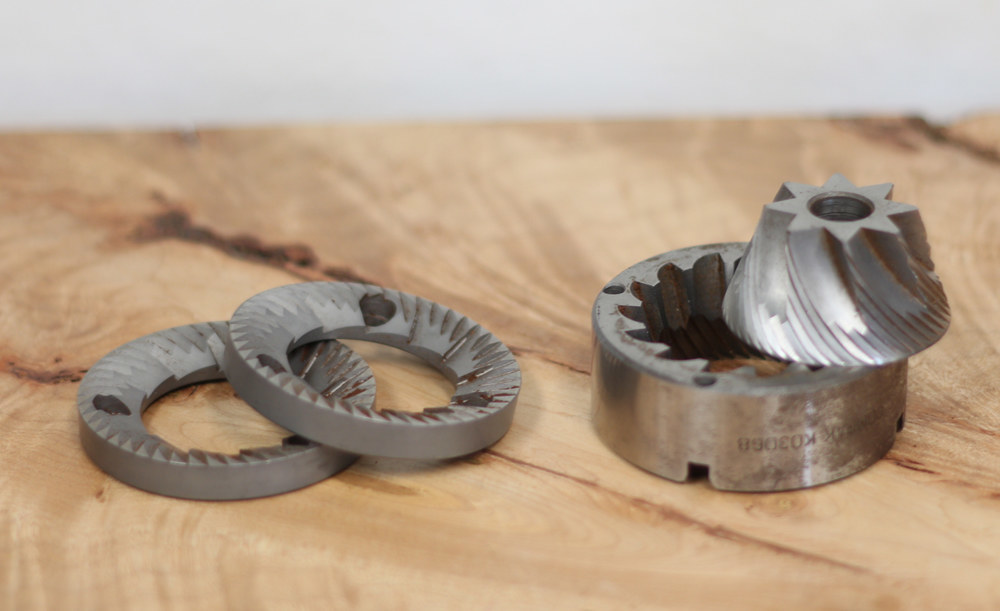
BURRS
or dosing into the portafilter. Espresso Grinder Burrs are two round circular pieces that sit parallel to each other.One piece of the two rotates while the coffee is fed through the machine. The coffee beans are crushed between the two to your ideal size for brewing. There are two different types of grinder burrs, flat grinder burrs and conical grinder burrs. Both conical and flat are consistent in their grind size however conical burrs have a longer cutting face that can lead to lower temperatures and less variance over time. Also there is less heat buildup which can lead to more consistent shots in busier environments. These often can become dull over time through constant use. It is recommended you perform regular maintenance.
There you have it--a crash course in espresso equipment lingo. Try to use this terminology in every espresso reference you make, and you will have it memorized in no time. With these elementary descriptions and definitions, you will be better equipped to operate your espresso-making tools in a professional manner. Not only will you be more knowledgeable about any possible repair needs, but you'll also be able to more succinctly describe the problem to the voice on the other end of the phone.
Now that you know all the main parts, time to purchase that new espresso machine here!


